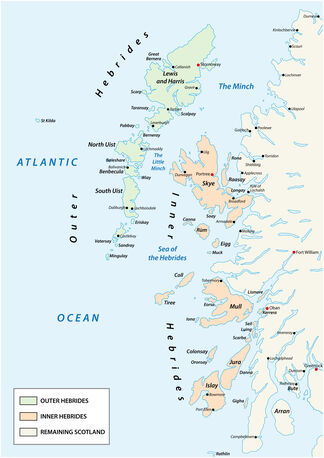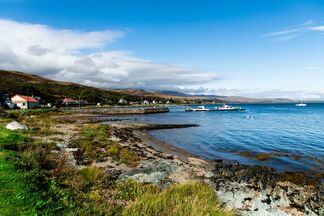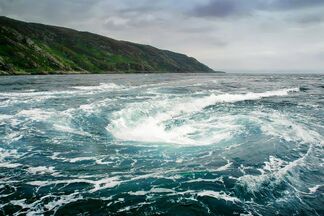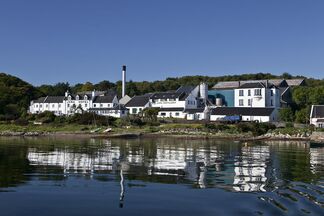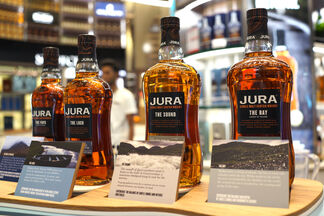The Islands Whisky Region Part 2
The Isle of Jura
The Islands Whisky producing region is scattered around the coast of mainland Scotland. Last time we took a look at the Islands of Orkney, way up to the North East. This time around, I am writing about the Island of Jura. Home to some really wonderful Whiskies. As you know by now, I subscribe to the six region categorisation of Scottish Whisky; Highlands, Lowlands, Speyside, Campbeltown, Islay and Islands. With over 800 islands around the mainland of Scotland they would all have had distilleries at some time or other. Mosly illicit!
Jura whisky is lesser known than it's larger Islands siblings such as Skye, Arran and Orkney. It also falls in the shadow of nearby Islay and is even sometimes incorrectly wrapped into the Islay categorisation. But it is producing some spectacular whisky. Jura is also a wild and remote island sitting between the mainland and Islay.
The Isle of Jura
A Pearl Between the Mainland and Islay
Jura is a very small island just a short ferry ride from Islay – which I will be writing about soon. It is very rocky and barren and rather remote. It has one hotel, one pub, one café and one shop and is home to around 200 inhabitants. And one surviving distillery. George Orwell wrote 1984 here. He and his son almost drowned at the treacherous Corryvreckan Whirlpool while on a boating trip. Situated between Jura and the nearby Island of Scarba, this is the third-largest whirlpool in the world. The whirlpool is a phenomenon that comes from a particular state of the tide.
The Legend of Crailleach
Gaelic Folklore and the Corryvreckan Whirlpool
Gaelic folklore created a persona for the harsh winters. The Hag of Winter is known in Scotland and Ireland as The Cailleach. Her name in Gaelic means the hooded, or veiled one and after Christianity arrived became the accepted term for a nun. Mountains, where the weather is harsher in Winter, is where The Crailleach is said to have lived. Legends include Ben Nevis, Ben Wyvis, Ben Breac, Ben Cruachan, the Paps of Jura. Caistel Caillich, is said to have been her castle. Corryvreckan Whirlpool is The Cailleach’s cauldron. Surviving folklore also refers to this whirlpool as being the breath of the Goddess beneath the waves.
Jura Distillery
A History of Rise, Decline and Re-Birth
Jura distillery is a Scotch whisky distillery on the island of Jura. Even though the distillery didn't open until 1810, the people of Jura were entitled to distill whisky for personal consumption, until a ban was introduced in 1781. This distillery was founded by the Laird of Jura, Archibald Campbell. The distillery went through a number of names: Craighouse, Small Isles, Caol nan Eilean, and finally Jura and was passed through several owners until it finally fell into disrepair in 1901 during the great whisky slump. The cost in running a remote island site is always expensive, and a lack of direct transport to the mainland (all ferry traffic still has to go via Islay) also counted against its survival.
It was these economics which ruled Jura out of the distilling equation for over six decades. Then, in 1963, two of the island’s landowners, Robin Fletcher and Tony Riley-Smith, decided to start whisky-making once more – predominantly as an incentive to stop any further decline in the island’s population. With financial backing from Leith-based blender Charles Mackinlay & Co, a larger, modern distillery was built which was further expanded in 1978 to its current size. In 1985, Invergordon Distillers bought Mackinlay and from there the firms were folded into Whyte & Mackay.
Jura Whisky
A Very Fine Range of Products
Jura started as single malt producer in 1974, and the range has grown steadily since. The start of peating saw some smoky whisky being included in the no-age Superstition brand, launched in 2002, while a 100% smoked Prophecy was released in 2009.
In 2018, Jura underwent a radical revamp, introducing a completely new range of whiskies with a lightly smoky character, from the entry-level NAS expression Jura Journey through 10-, 12- and 18-year-old malts, plus Jura Seven Wood. Further expressions, including Jura Time and Jura Tide, have been launched into travel retail. It is well worth a try. Not overly peaty, but carries a fine briny taste typical of Island whisky.
